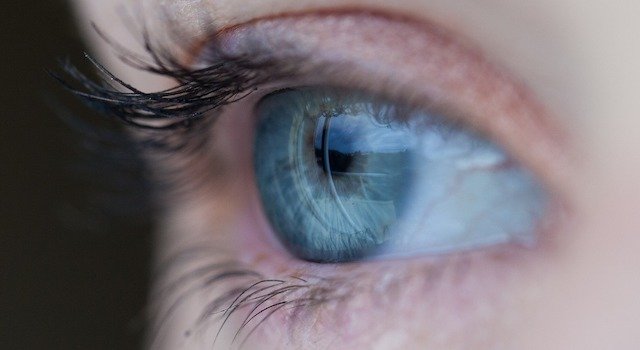
In a recent study, researchers found that the eyes could be a window to the brain for people with early Parkinson’s disease.
People with this disease gradually lose brain cells that produce dopamine, a substance that helps control movement.
This study has found that the thinning of the retina, the lining of nerve cells in the back of the eye, is linked to the loss of such brain cells.
It is the first to show a link between the thinning of the retina and a known sign of the progression of the disease—the loss of brain cells that produce dopamine.
In addition, the team found that the thinner the retina, the greater the severity of the disease.
These discoveries may mean that neurologists may eventually be able to use a simple eye scan to detect Parkinson’s disease in its earliest stages before problems with movement begin.
The research involved 49 people with an average age of 69.
These people were diagnosed with Parkinson’s disease an average of two years earlier but who had not yet started medication.
They were compared to 54 people without the disease who were matched for age.
The researchers evaluated each study participant with a complete eye exam as well as high-resolution eye scans that use light waves to take pictures of each layer of the retina.
In addition, 28 of the participants with Parkinson’s disease also had dopamine transporter positron emission tomography (PET) imaging to measure the density of dopamine-producing cells in the brain.
The team found retina thinning, most notably in the two inner layers of the five layers of the retina, in those with Parkinson’s disease.
For example, for those with Parkinson’s disease, the innermost layer of the retina in one section of the eye had an average thickness of 35 micrometers (μm) compared to an average thickness of 37 μm for those without the disease.
Additionally, the thinning of the retina corresponded with the loss of brain cells that produce dopamine. It also corresponded with the severity of the disease.
When disability from the disease is measured on a scale of one to five, the people with the most thinning of the retina, or thickness of less than 30 μm, had average scores of slightly over two.
The people with the least thinning, or thickness of about 47 μm, had average scores of about 1.5.
The team suggests that larger studies are needed to confirm our findings and to determine just why retina thinning and the loss of dopamine-producing cells are linked.
If confirmed, retina scans may not only allow earlier treatment of Parkinson’s disease but more precise monitoring of treatments that could slow progression of the disease as well.
One limitation of the study was that the retina scans focused only on a limited area of the retina.
The study was also a snapshot in time and did not follow participants over a long period of time.
The study author Jee-Young Lee, MD, Ph.D. is from the Seoul Metropolitan Government.
The study is published in Neurology, the medical journal of the American Academy of Neurology.
Copyright © 2018 Knowridge Science Report. All rights reserved.



